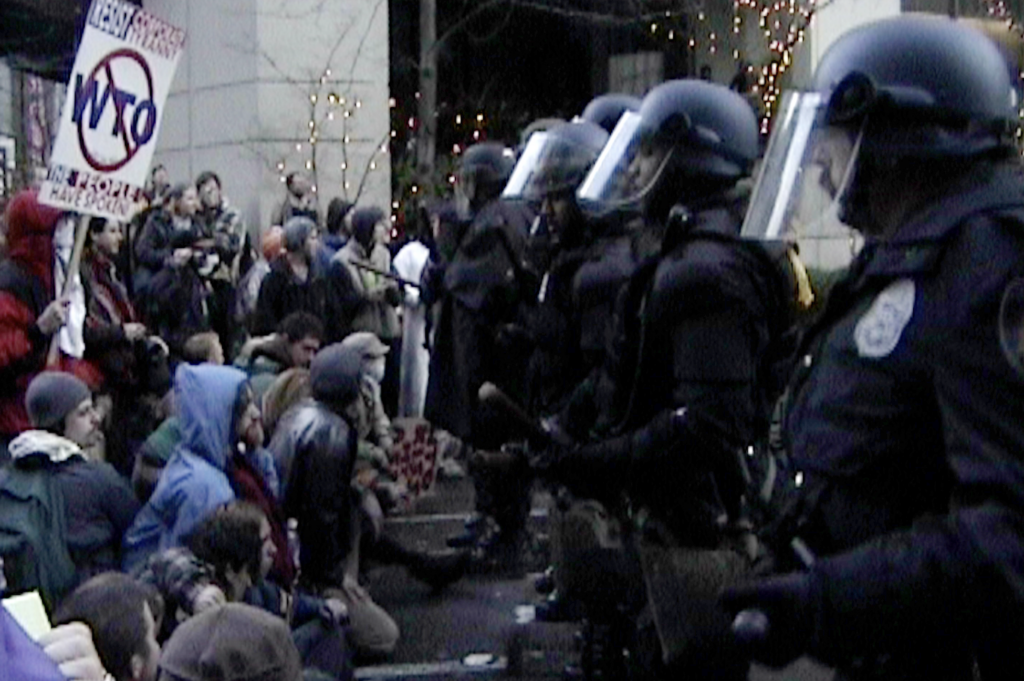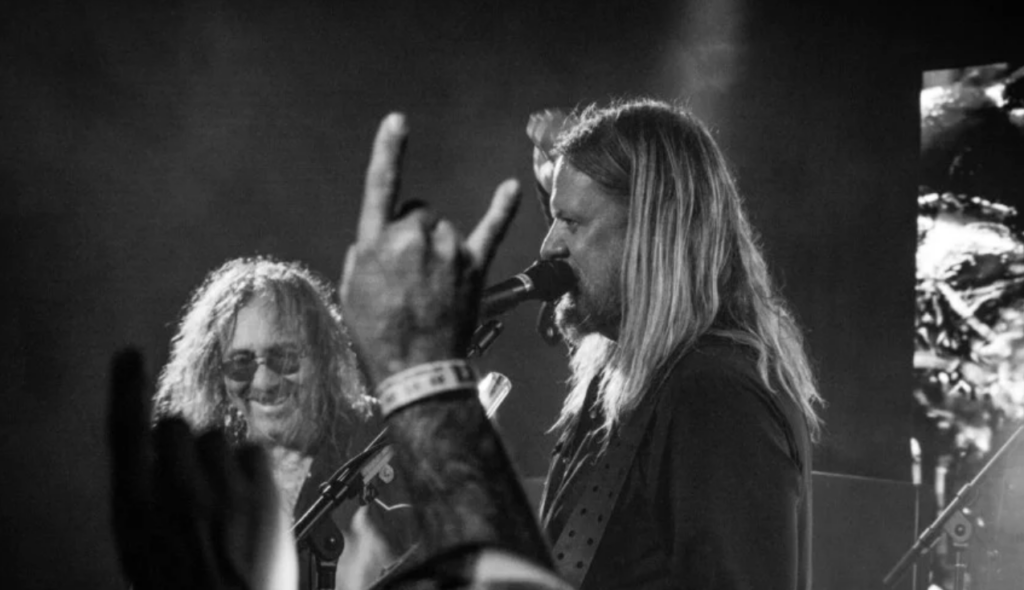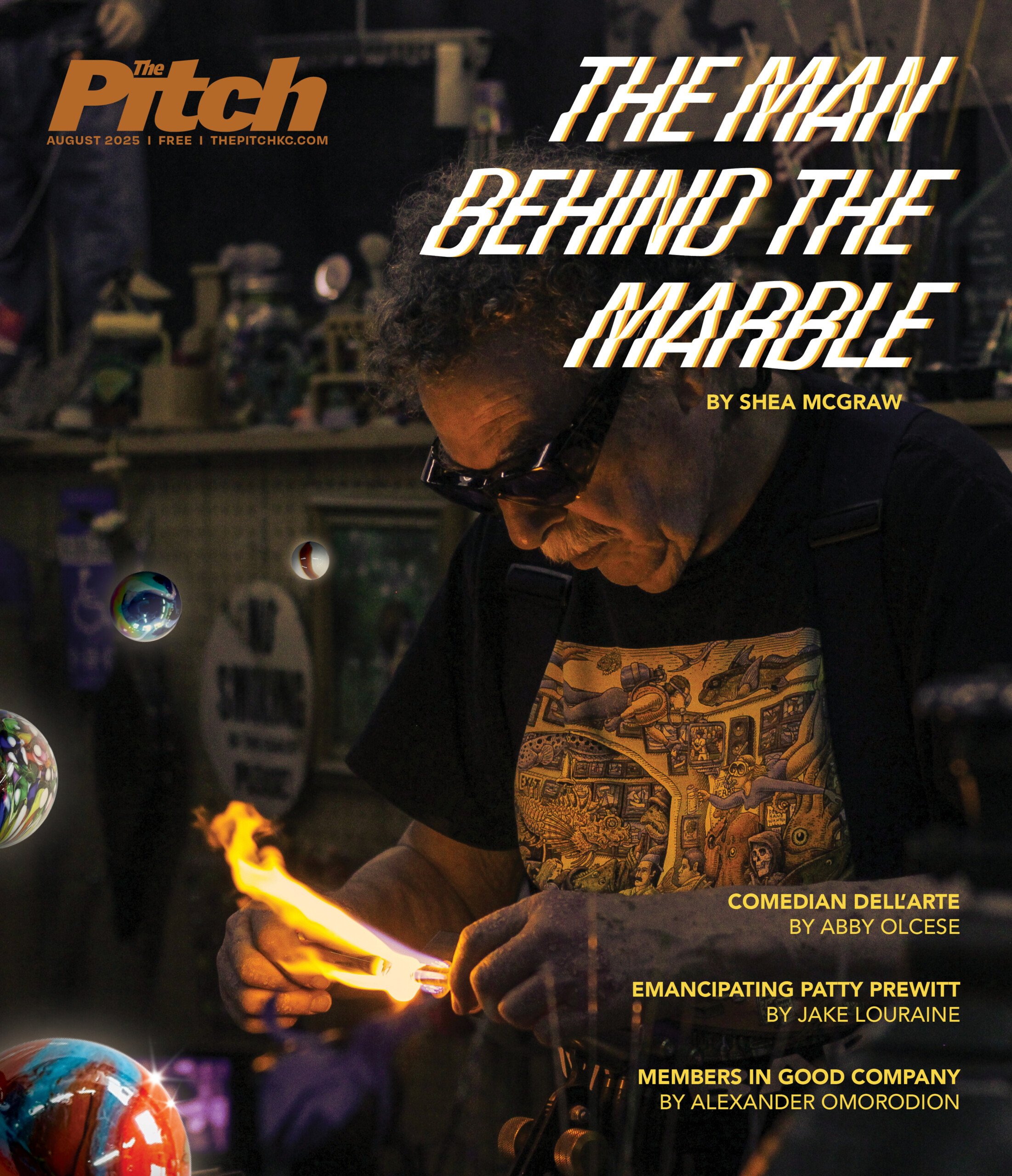Nick Cave’s larger-than-life music gets the tall-tale treatment in 20,000 Days on Earth


Nick Cave is not your typical rock star. The Australian-born musician and writer’s most recognizable song (thanks to Johnny Cash’s cover) might be “Mercy Seat” — written in the voice of a man dying in the electric chair and sung as though Cave himself somehow survived the executioner’s jolt. Cave, come to think of it, isn’t even your typical human being.
Cave and his music defy taxonomy, so any movie claiming to be about him must chart an unconventional course. British artists and filmmakers Iain Forsyth and Jane Pollard set out to do that with their debut feature-length documentary, 20,000 Days on Earth. Presented as a fly-on-the-wall witnessing of Cave’s 20,000th day of life, it forgoes the usual hagiographic narration — or much in the way of explanation as to just who Cave is and how he has come this far. Instead of showing fans staring up at him like a god while he’s onstage, Forsyth and Pollard depict Cave visiting a classic Freudian psychoanalyst in order to make sense of archival photos of his days with old band the Birthday Party and longtime current outfit the Bad Seeds. We witness him on rambling drives through the streets of Brighton, England, his adopted hometown, sometimes talking with past collaborators — actor Ray Winstone (who appeared in a film that Cave wrote, The Proposition) is one, singer Kylie Minogue another — who magically appear as his passengers.
Forsyth and Pollard’s approach has won them broad acclaim and brought new fans to Cave. The film, which opens Friday in Kansas City, won the editing and directing awards for World Cinema–Documentary at this year’s Sundance Film Festival, and has been a constant topic on music and film blogs this year. Speaking by phone from the U.K., the two say it’s better to make a movie with Cave than about him.
The Pitch: Your film is neither a cold, academic look at Cave nor a love letter, but you still draw out some interesting information.
Pollard: When we set out to do this, we knew we weren’t going to make it for fans. But that’s not to say you don’t want it to be interesting and revelatory. I think there are some beautiful moments of revelation and honesty in there. But we were never kind of going after biographical truth or fact, or a sort of sense of being comprehensive or basically like a moving Wikipedia page. Who wants to watch that, you know?
You don’t see many music films with this much driving and talking.
Pollard: When we approached those scenes, we were really unsure of how to make them work. I think there’s something to be said about not treating the audience like they’re stupid. It was our intention that these characters appear as if they were manifestations of Nick’s kind of inner thought process as he’s driving around — like the car is kind of a psychological bubble for his kind of inner dialogue.
I’m really pleased with those scenes. The drives each took about 20 to 30 minutes. It was a one-take thing. It all happened very quickly. It was a real adrenaline rush getting those scenes. They were the most nerve-racking, even though there were others — scenes like the interview with the psychoanalyst, and the one at the archive. We spent two days shooting each of those and had about 10 hours’ worth of footage.
Some documentaries about musicians try to present their subjects as everyday people. But you show a scene in which Cave shares Brian De Palma’s Scarface with his young sons. That’s not “normal guy” stuff.
[page]
Forsyth: For us, that was such a key thing when we began the project. We didn’t want to try to present Nick as you said: a sort of “normal guy,” a “regular guy.” Because he really isn’t.
Again, the convention that sort of develops in music-documentary filmmaking is this idea that you can peel away the mask and reveal the real man behind the myth, to get behind the surface and reveal something that’s more true. But we felt very strongly that the mythology and everything that kind of goes around the world of Nick, that world he’s created as an artist for the last 35 years, is fundamentally a part of who he is. There isn’t another Nick Cave behind the mask to be peeled away. Seeing him watching Scarface with his twin boys was very much what that scene was about: The Nick at home with his family is still the same Nick.
Cave played an intense, theatrically rewarding show here in Kansas City this past summer. You two capture the energy of his shows in a way that most concert documentaries don’t. How do you think you were able to do that?
Pollard: I think it’s about not showing too much. We had a lot more music in the film in earlier edits of it. Actually, the more we pulled it back and the more we held out from showing you that and really kind of waited until that last moment until we really kind of let it happen, I think the stronger the footage became.
I’m not really a big fan of concert films. I rarely see one that I like. I think they’re just different things. I don’t think you can really capture a live performance on the screen. I think that if you’re into live performance, go on and see a live performance, because it’s all about that feeling you get in the pit of your stomach and the atmosphere and the way it physiologically affects you.
We always tried to see the performance as something way more sort of unpredictable and visceral. We were constantly telling our crews to “go in closer, go in closer!” You can never get close enough. I think maybe that’s why some of that kind of energy gets captured onto the footage.
The film features Cave and bandmate Warren Ellis candidly recounting their experiences on heroin, but 20,000 Days on Earth isn’t like Oliver Stone’s The Doors, which Denis Leary says was about “I’m drunk! I’m nobody! I’m drunk! I’m famous! I’m drunk! I’m fucking dead!” Cave came through his own drug abuse without burning himself out.
Pollard: Nick talks a little about his experience in the film, and he talked about it a lot more with the psychoanalyst. We just didn’t feel there were enough minutes to really delve into that.
Forsyth: I think we were also very aware that we wanted to make a film that focused very much on Nick now. As you were saying, you often find films that they either end up being something where you have to wait until a rock star has died before you see a great film being made about them or they’re made whilst their life or the band are in some sort of crisis, some sort of turmoil or something dramatic going on. Nick is not in that sort of situation. He’s happy. He’s healthy. He’s clean. He’s making great work. He’s creatively at his absolute peak, I would say. And we wanted to make a film that very much focused on the here and now.




